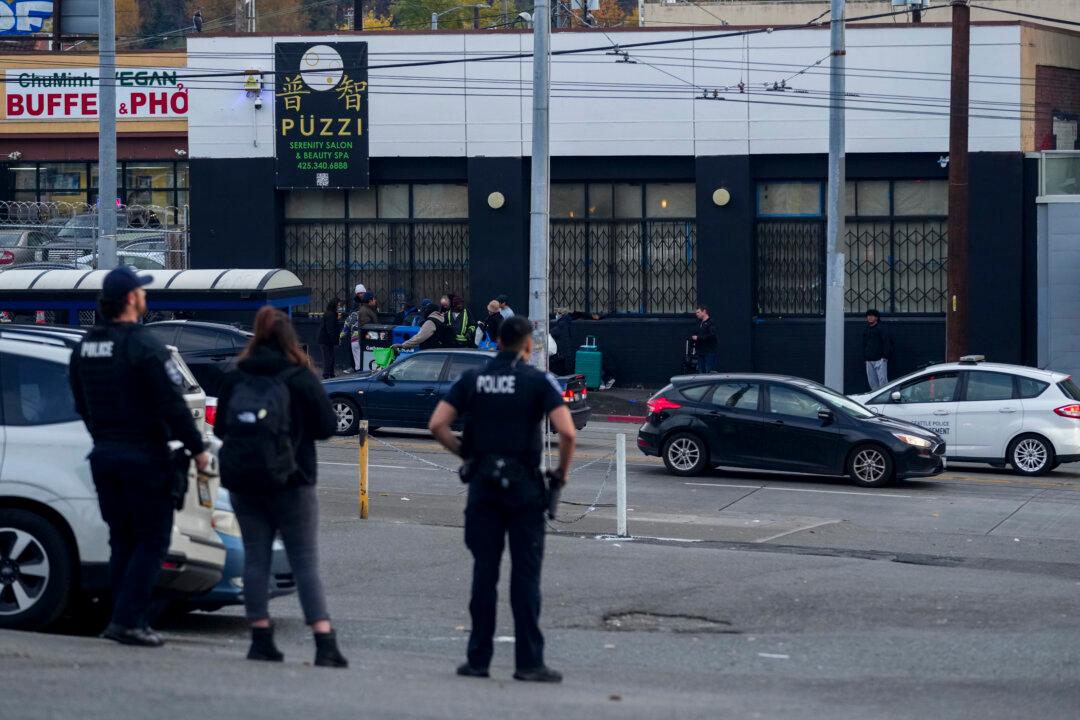The administration of President Joe Biden has been preparing a contingency plan to ensure deliveries of critical goods by keeping other transportation lines functional should thousands of union rail workers go on strike following stalled labor negotiations, according to a White House official.
“We are working with other modes of transportation, including shippers, truckers, and air freight to see how they can step in and keep goods moving in case of this rail shutdown,” White House press secretary Karine Jean-Pierre said at a news conference on Sept. 13.





